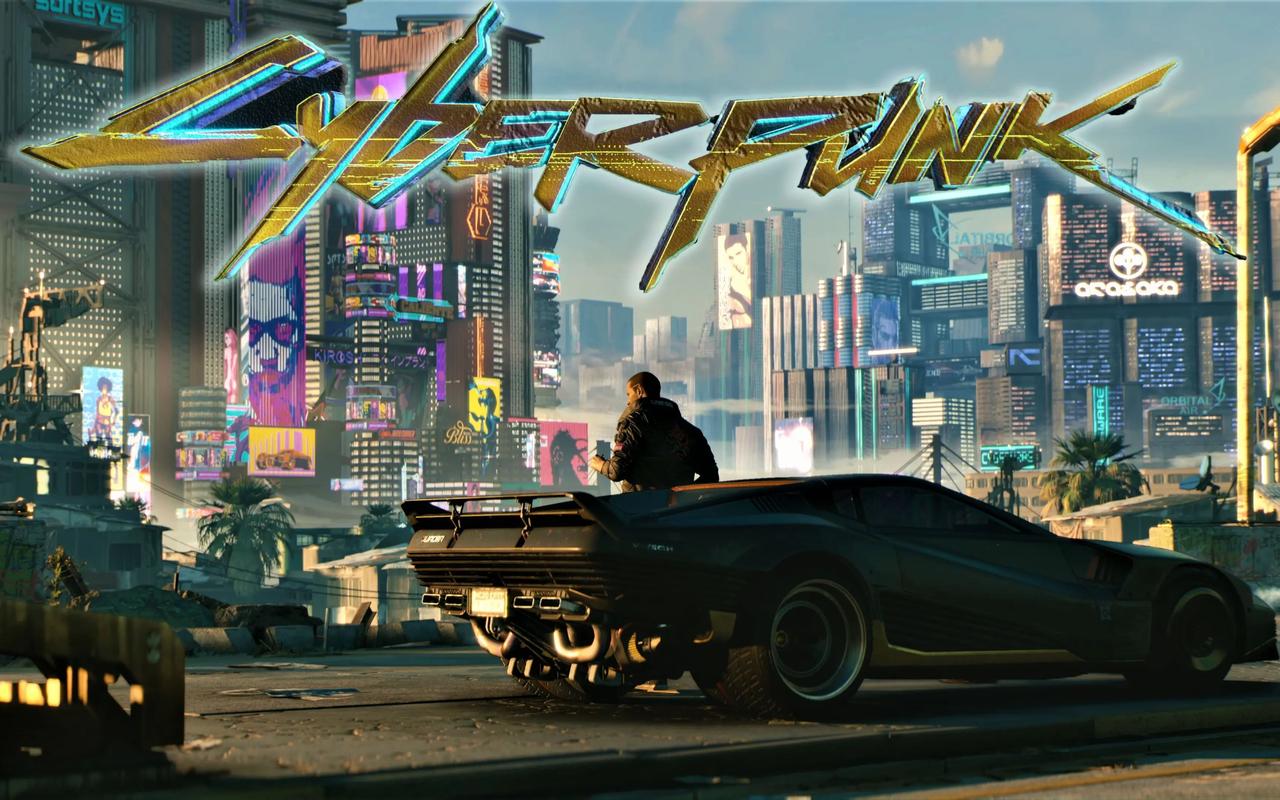Battlefield 1 Score: WWI Setting Freshness
When Battlefield 1 was first announced in 2016, the gaming community was taken by surprise. After years of modern and futuristic shooters, DICE’s decision to revisit World War I felt like a breath of fresh air—or perhaps more accurately, the smoky, chaotic air of no man’s land. The game’s setting wasn’t just a backdrop; it became a defining feature that revitalized the franchise. The Battlefield 1 score, composed by Johan Söderqvist and Patrik Andrén, played a crucial role in immersing players in the grim yet strangely beautiful landscapes of the Great War.
A Departure from the Expected
Before Battlefield 1, most first-person shooters leaned heavily into contemporary or sci-fi warfare. The Call of Duty and Battlefield series had spent years refining near-future combat, complete with drones, exo-suits, and laser weapons. By contrast, Battlefield 1’s return to 1914-1918 was a bold move—one that required a soundtrack to match.
Söderqvist and Andrén didn’t just compose another adrenaline-pumping military score. Instead, they crafted a soundscape that balanced brutality with melancholy, heroism with tragedy. The main theme, "The War to End All Wars," opens with a haunting choral arrangement before erupting into thunderous percussion, mirroring the sudden, overwhelming violence of WWI.
Emotional Weight Through Music
What makes Battlefield 1’s score stand out is its ability to evoke emotion without relying on clichés. Unlike many war games that glorify combat, Battlefield 1 acknowledges the horror of the conflict. Tracks like "Flight of the Pigeon" and "Mud and Blood" use somber strings and dissonant harmonies to underscore the despair of trench warfare. Even the more action-packed pieces, such as "Nothing Is Written" (the theme for the Lawrence of Arabia-inspired campaign), carry an undercurrent of desperation.

The score also excels in its quieter moments. "Dawn of a New Time"—a piece that plays during the game’s prologue—combines a lone piano with distant, ghostly vocals, reinforcing the idea that every soldier on the battlefield is just one small part of a much larger tragedy.
A Fresh Take on Historical Authenticity
While Battlefield 1 takes creative liberties with history (as most games do), the score helps ground the experience in authenticity. The composers incorporated period-appropriate instruments, such as the harmonium and the glass harmonica, to create an eerie, early 20th-century atmosphere. The use of choir vocals, particularly in Latin, adds a quasi-religious weight to the music, as if the war itself were some kind of unholy ritual.
This attention to detail extends to the dynamic soundtrack in multiplayer. Unlike static background music, the score reacts to the flow of battle—swelling during intense firefights and fading into ambient dread during lulls. This technique keeps players emotionally engaged, making victories feel earned and defeats devastating.
Legacy and Influence
Years after its release, Battlefield 1 remains one of the most memorable entries in the franchise, and its score is a big reason why. It proved that a war game could be both exhilarating and introspective, that it could honor history without being shackled by it. In an industry saturated with repetitive military shooters, Battlefield 1’s WWI setting—enhanced by its brilliant score—felt like a revelation.
Other games have since explored historical conflicts with similar depth (Hell Let Loose, Verdun), but few have matched the emotional impact of Battlefield 1’s soundtrack. It wasn’t just background noise; it was a character in itself—a mournful, relentless force that reminded players of the human cost behind every bullet fired.
Conclusion
Battlefield 1’s score didn’t just accompany the game—it elevated it. By embracing the tragedy and grandeur of World War I, Söderqvist and Andrén created a soundtrack that was as fresh as the setting itself. In an era where many shooters blur together in a haze of gunfire and explosions, Battlefield 1 stands out because its music makes you feel the war, not just play through it.
And that, perhaps, is the highest praise a war game’s score can receive.














